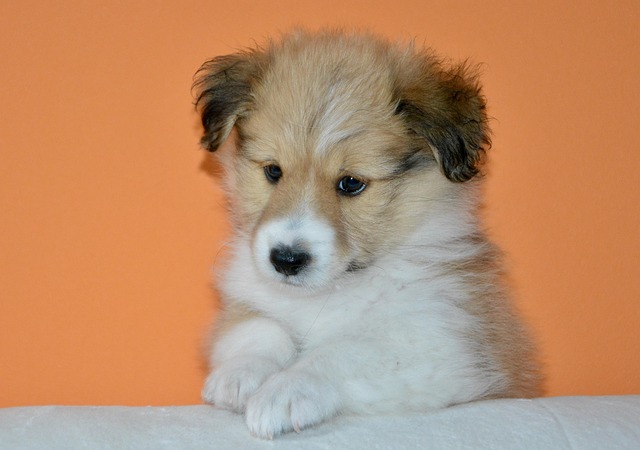
What is best for dogs' irritated skin
When we find that the dog's originally smooth and healthy skin shows symptoms of being irritated, such as redness, itching, and flaking,
Dogs chew toys, which may seem naughty, actually contain their unique physiological and psychological needs. Every chewing is their way of interacting with the world and a special "language" to convey information to their owners. In-depth exploration of the reasons behind it can not only help us better understand dogs' behavior, but also deepen the emotional bond with them and give them more caring care.
From a physiological point of view, the teething period is one of the important reasons why dogs chew toys. Puppies will go through the teething stage 3-8 months after birth. Just like human children feel gum discomfort when they change their teeth, puppies' deciduous teeth gradually fall off and permanent teeth begin to grow. This process will make their gums itchy and painful. In order to relieve this discomfort, they will instinctively look for various things to chew, and toys naturally become the "first choice". At this time, the strength and frequency of dogs chewing toys are relatively high. By constantly chewing, they can relieve the swelling and pain of the gums and help the permanent teeth grow smoothly. Watching the puppy chewing the toy hard, his eyes are full of innocence and ignorance, which makes people feel distressed. At this stage, if the owner can provide the dog with suitable teething toys, such as rubber chewing gum and moderately hard cowhide bones, it can not only meet their physiological needs, but also prevent furniture, shoes and other items from being "poisoned".
In addition to the teething period, chewing is also the nature of dogs. In the wild, the ancestors of dogs needed to bite prey to obtain food and decompose meat. This instinct is deeply imprinted in their genes. Even though today's pet dogs no longer need to run around for food, the nature of chewing still exists. For them, chewing toys is a behavior that simulates hunting and eating, which can make them feel satisfied. When dogs chew toys attentively, it seems that they have returned to ancient times and are "conquering" their "prey". This behavior not only exercises their jaw muscles and enhances their bite force, but also promotes blood circulation in the mouth and keeps teeth and gums healthy. Imagine a dog holding a toy in its mouth, shaking its head and biting it, enjoying the pleasure of chewing. This is also their way of releasing their nature and staying energetic.
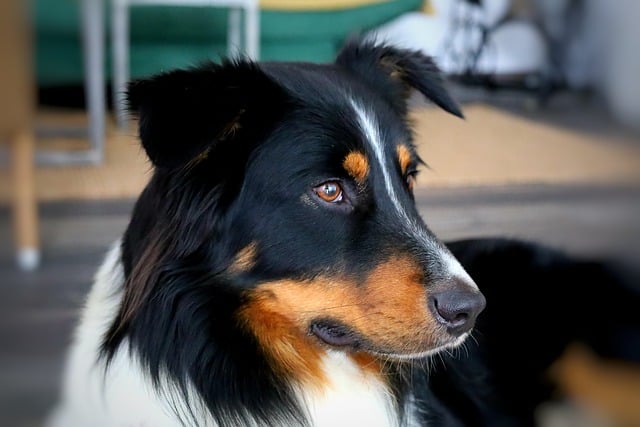 Psychological factors also play an important role in the behavior of dogs chewing toys. Dogs are social animals and have a strong sense of dependence on their owners. When the owner goes out to work or is busy with other matters and cannot accompany them, the dog will feel lonely and anxious. Chewing toys has become their way to relieve stress and pass the time. The owner's smell remains on the toys. By chewing, the dog can get a familiar sense of security, as if the owner is by his side. Sometimes, when we return home and see the toys that have been chewed in a mess, don't rush to blame them, because behind this is the dog's deep longing for us. In order to reduce the loneliness of dogs, we can prepare some interesting interactive toys for them, such as leaking food balls and educational toys, so that they can concentrate and relieve anxiety during the play process.
Psychological factors also play an important role in the behavior of dogs chewing toys. Dogs are social animals and have a strong sense of dependence on their owners. When the owner goes out to work or is busy with other matters and cannot accompany them, the dog will feel lonely and anxious. Chewing toys has become their way to relieve stress and pass the time. The owner's smell remains on the toys. By chewing, the dog can get a familiar sense of security, as if the owner is by his side. Sometimes, when we return home and see the toys that have been chewed in a mess, don't rush to blame them, because behind this is the dog's deep longing for us. In order to reduce the loneliness of dogs, we can prepare some interesting interactive toys for them, such as leaking food balls and educational toys, so that they can concentrate and relieve anxiety during the play process.
In addition, dogs may chew toys to attract the attention of their owners. They know that when they do "out of line" behavior such as chewing toys, their owners will often immediately turn their eyes to them. Whether it is praise or criticism, for dogs, it is the attention given by their owners. Some smart dogs will even deliberately chew "no chewing" items in front of their owners just to attract the attention of their owners. At this time, the owner can guide the dog in the right way. When the dog chews the right toy, give enthusiastic praise and rewards, so that they understand what kind of behavior can be recognized and loved by the owner.
Understanding the reasons why dogs chew toys, we can better meet their needs. It is very important to choose the right toys for dogs, and they should be selected according to their size, age and preferences. Small dogs can choose soft plush toys and small rubber balls; large dogs need more durable toys, such as canvas chew pillows and nylon teething sticks. At the same time, regularly changing toys to keep them fresh can stimulate the dog's interest in playing. In daily life, we should also take more time to accompany dogs, consume their excess energy through games, training, etc., and give them enough care and security.
Every action of dogs chewing toys carries their emotions and needs. When we understand the reasons behind these behaviors, we can treat them with a more tolerant and understanding attitude. In the days of getting along with dogs, these seemingly trivial things are precious memories between us. Let us spend every happy time with dogs with love and patience, and feel the pure and beautiful emotions in their cheerful figures chewing toys.

When we find that the dog's originally smooth and healthy skin shows symptoms of being irritated, such as redness, itching, and flaking,
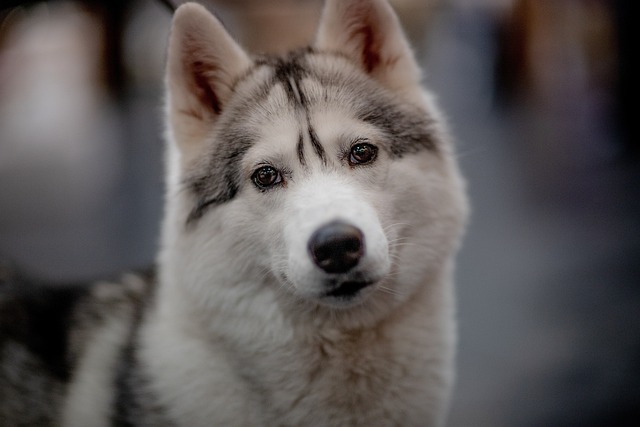
When we see our dog, which used to have smooth fur and be lively and active, constantly scratching due to dry and itchy skin,
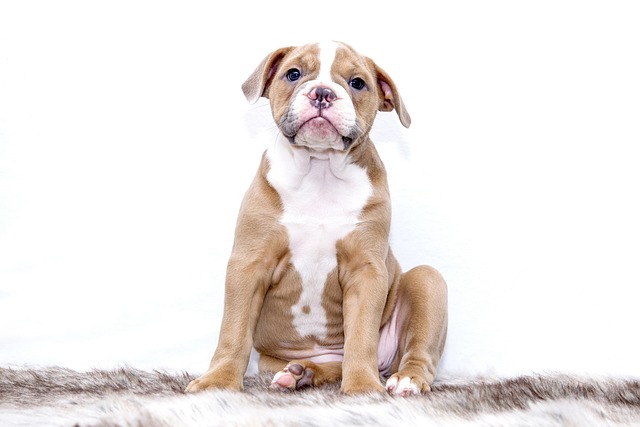
When you find that your usually lively and cute dog frequently shakes his head, scratches his ears with his paws, or even has redness, swelling, and odor in his ears, you will feel worried and distressed.
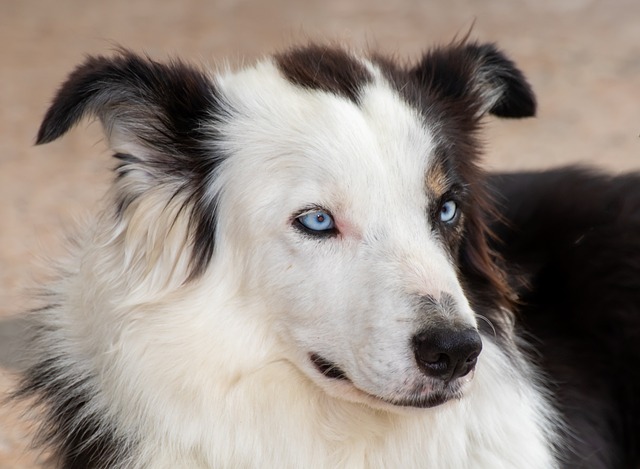
When the cold wind brings ice and snow to the window lattice, humans can resist the severe cold by adding clothes and keeping warm. Dogs, who cannot speak, can only convey their perception of the cold through subtle changes in their bodies.
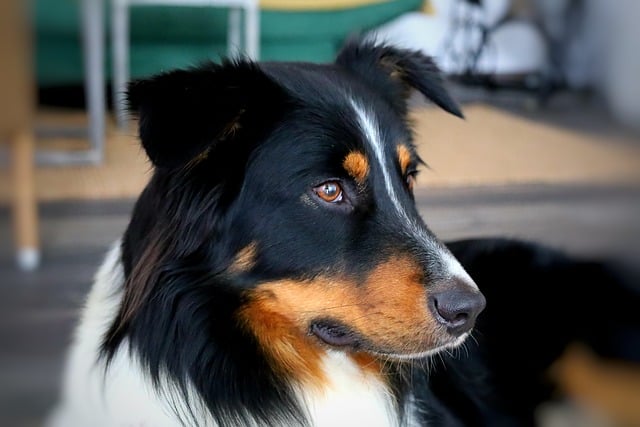
Dogs chew toys, which may seem naughty, actually contain their unique physiological and psychological needs. Every chewing is their way of interacting with the world and a special "language" to convey information to their owners.
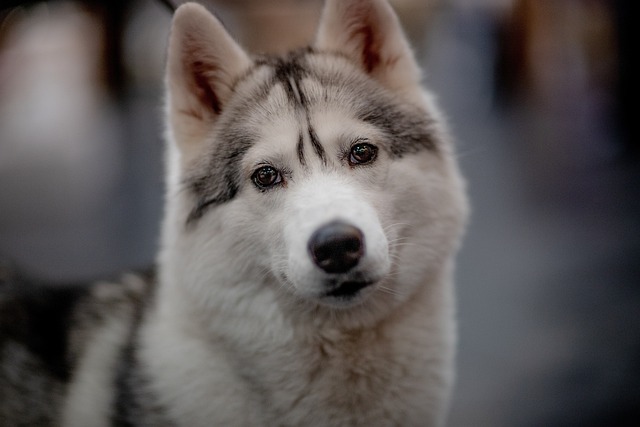
In the silent late night, it should be the time for sound sleep. However, when we find that the dog, which usually falls asleep as soon as it lies down,